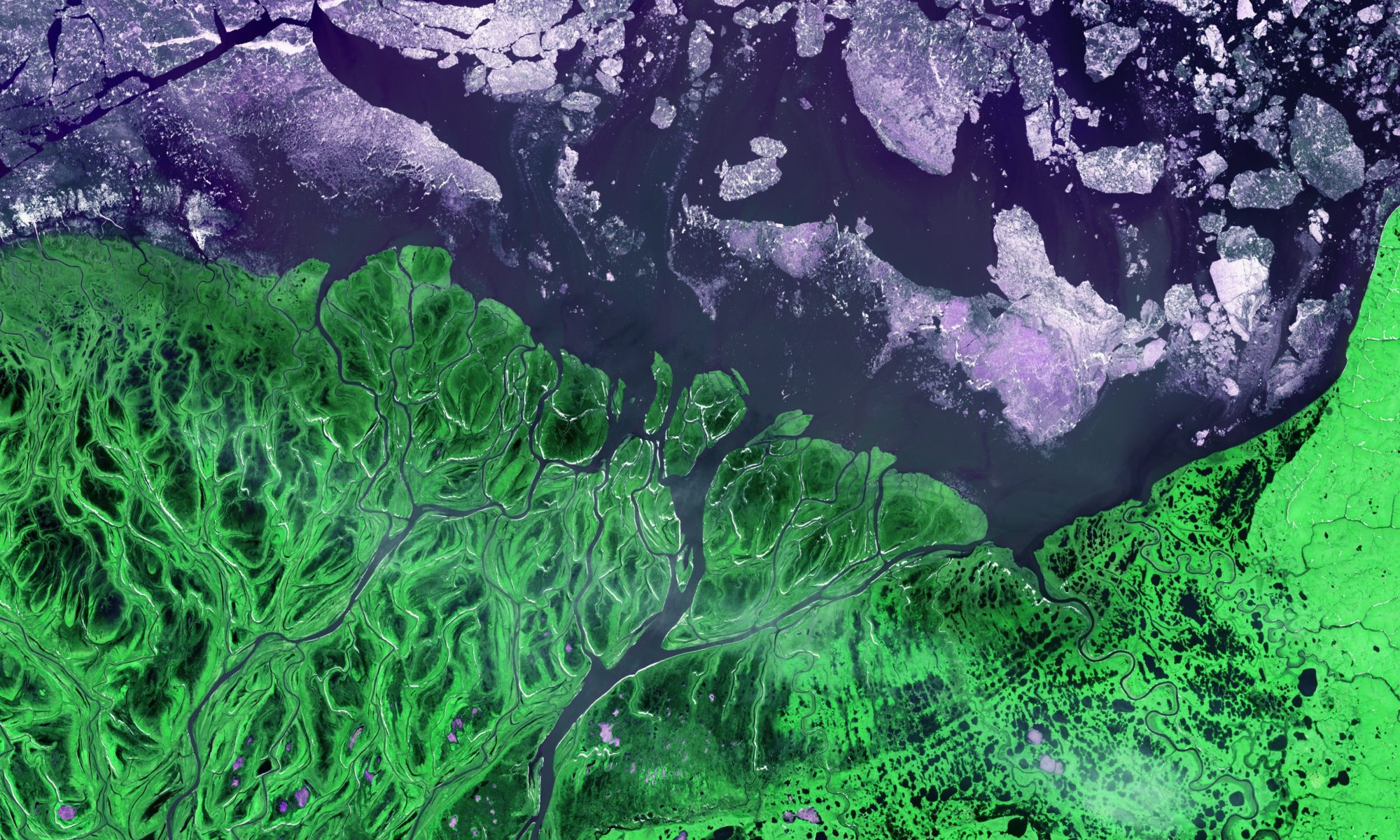
Photo credit: NAU News
As the climate warms, boreal forests are experiencing more frequent and more severe wildfires. These burning forests release carbon to the atmosphere which exacerbates climate warming and underscores the urgency of understanding boreal forest fire dynamics.
Boreal forests are unique in that they store large amounts of carbon in the soil — this underground carbon might be the key to understanding carbon emissions from wildfires.
New research published in Nature Climate Change finds the amount of carbon stored in soils is the biggest predictor of how much carbon burns in boreal wildfires.
This work was lead by Xanthe Walker of NAU’s Center for Ecosystem Science and Society (Ecoss) with Michelle Mack (Ecoss) and GEODE lead Scott Goetz contributing as co-authors.
Walker and her team collected data from 417 burn sites across Alaska and Canada and found that fuels (i.e. combustible material) not fire weather were the major factor determining how much carbon is released when forests burn.
Although they may seem monotonous to the untrained eye, boreal forests are a complex mosaic with differing ecosystem structure, forest age, species composition, topography, soil moisture, and permafrost conditions.
These diverse conditions will be key to predicting how much carbon will be released from future wildfires. For example, black spruce is highly flammable and therefore stands with a large proportion of black spruce are likely to release large amounts of carbon to the atmosphere when they burn.
Walker’s research suggests that researchers and managers should shift some focus from fire weather (historically the focus of fire models) to fuels (understanding the distribution of vegetation and organic soils across the landscape).
Read more about this research at NAU News.
Or, head straight to the science.

